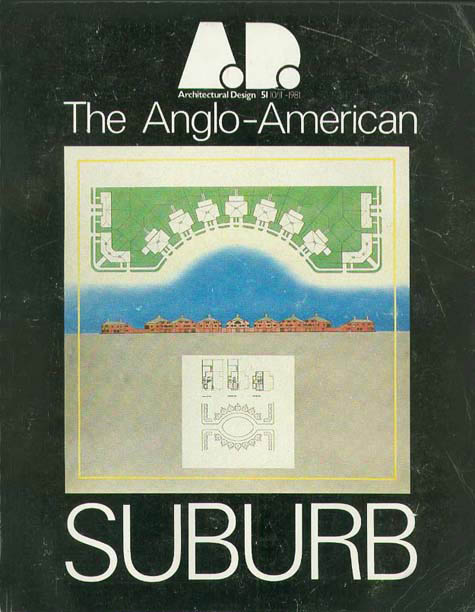UPDATE: The good news is that this has been to the Community Boards, which endorsed the plan—I don’t know why I didn’t find that in my searches or calls around this morning. It is good that there is some public process, but I still don’t like ceding the public realm to the control of private developers.
There is a popular theory that the city has decided to spend most public improvement money in the outer boroughs and is actively taking the strategy of letting developers pay for changes in Manhattan. I understand that public spending has not been equitable, but I hope the second half of the sentence is not true, although since I tweeted this morning I’ve heard about a plaza design in Tribeca that may be paid for by a developer, there’s the extra tower height that came in return for the $220 million infrastructure fee collected from the developer of One Vanderbilt, and as I mentioned, the $125 million donation for Diller Park. It does seem like the public realm is for sale. Put them all together, along with the tax places and other subsidies at places like Billionaire Row, and it’s a disturbing trend.
We got used to the city being very generous with public funds and subsidies in public-private partnerships under Mayor Bloomberg (Atlantic Yards, Hudson Yards), but it seems like the De Blasio administration has taken this a step further. A New York City native and a Manhattan resident, I don’t like to think that the city is for sale to the highest bidder, but it feels more and more like that as we look around and see buildings like 432 Park Avenue and One Vanderbilt.
If I read, “New York City is poised to at least partially close off some streets,” I would think “great news.” But “Vornado is poised to at least partially close off some streets” sounds bad to me.
Vornado is poised to at least partially close off some streets that service what Ricks called “the collision of humanity,” the hundreds of thousands of commuters who jam the streets near Penn Station. He described these closings as a temporary effort to collect data to be used to devise more permanent solutions.
Starting around July 19, and extending to Oct. 11, 33rd Street between Seventh Avenue and the Garden’s loading dock will be completely closed, Ricks said.
Redesigning the streets around Penn Station is a great idea, but…
- Why is it being done by a private company?
Has there been a public process?- Isn’t this a privatizing of the public realm?
This reminds me of the way that Barry Diller was allowed to dictate the design of a public park in the Hudson River in return for partially covering the cost of the park. As far as I know, never in the history of New York have the rich been allowed to control public realm so directly. Paraphrasing James Howard Kunstler, When we give up control of the public realm, the common good suffers.


